Haishu, with its classic postures such as backstroke, blinking, and circle, has already become a cute baby in many people's hearts.
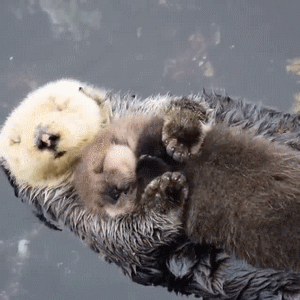
However, this little cute fate is actually quite rough. Their fluffy and warm furs have been hunted by humans, which made them almost extinct. In 1911, there were only a few thousand; subsequently, it was forbidden to capture sea otters internationally.
They are also classified as “endangered species” for protection, but in some areas the number of sea otters has not been restored.
This is the case in central California, where the number of sea otters has not rebounded, which makes scientists feel very strange. In the 1990s, they discovered that some sea otters may be related to Toxoplasma gondii;
Also because of this parasite, the cat was included in the list of suspects who killed the sea otter.
-Fatal parasites-
Toxoplasma gondii can infect almost all warm-blooded animals, including humans; but we are all intermediate hosts of Toxoplasma gondii, and the only known final hosts are domestic and wild cats.
Only in the cat's body, Toxoplasma can be sexually propagated. That is to say, when the meat contaminated with Toxoplasma gondii is eaten by cats, Toxoplasma gondii develops in the intestines of cats, producing oocysts similar to eggs;
Hundreds of millions of oocysts are excreted from the cat's feces and continue to infect the next host – thus completing a cycle.
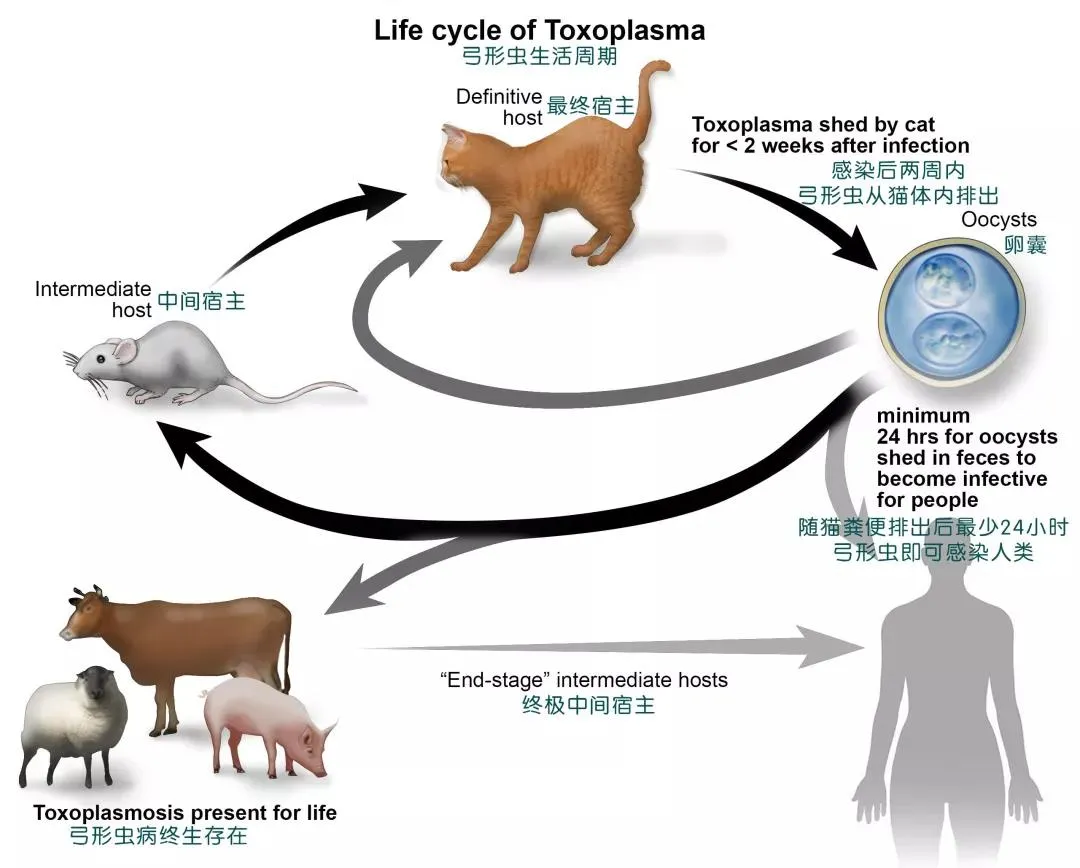
Toxoplasma can infect humans and other warm-blooded animals; but only when the cat directly infects or eats meat contaminated with Toxoplasma gondii, Toxoplasma enters the cat's body to complete sexual reproduction.
Fortunately, most people are infected with Toxoplasma gondii without any harm. At most, they have symptoms similar to mild flu, or they may become impulsive and risky. If you are pregnant and have a defective immune system, you need to be more cautious about this infection and seek medical advice.
But for some marine animals, Toxoplasma can be fatal.
In sea otters, Toxoplasma can infect the brain, causing meningeal encephalitis, which quickly kills sea lice. If it is not directly fatal, the infection may also make the sea otter weaker and more vulnerable to other parasites; or it may be lost, easily hit by a ship or eaten by a shark.

Sea otters are highly infected with Toxoplasma gondii, such as a subspecies of the southern sea otter (Enhydra lutris nereis), which is found in 70% of the southern sea otters in Monterey Bay, California. Recently published in
The study at Proceedings of the Royal Society B analyzed hundreds of sea otters that ran aground on the central coast of California between 1998 and 2015. They carried out detailed pathological examinations of 116 sea otters - all of which were infected with Toxoplasma gondii.
Twelve of them died directly from infection, and the cause of the other 21 sea otters was also indirectly related to Toxoplasma gondii.
The study also determined through DNA analysis that these 12 sea otters, which died directly from infection, have the same type of Toxoplasma gondii; this type of Toxoplasma gondii can also be found in some felines.
Karen Shapiro, author of the paper from the University of California, Davis, believes that we now have solid evidence that can connect certain types of Toxoplasma gondii with toxoplasmosis that is fatal to sea otters; in fact, We linked the death of Haitang to wild cats and domestic cats on land.
-Infect more marine life -
But sea otters are not the only marine life killed by Toxoplasma.
In May of last year, two Hawaiian monk seals (Neomonachus schauinslandi) ran aground on the beach; after autopsy confirmed that the cause of death was related to a toxoplasmosis, Toxoplasma would damage the immune system of the monk seal and cause vital organ failure.
Hawaiian monk seals are endangered species and have been in danger due to hunting in the last two centuries. At present, there are only about 1,300 heads around the world, and diseases, fishing gear and low genetic diversity are the main factors threatening their survival.
This is not the first report on the death of a tortoise caused by Toxoplasma; from 2001 to the present, at least 11 monk seals have been discovered, the cause of which is related to Toxoplasma gondii - and the actual number may be higher, some deaths may not be Discovered by humans.

Similar to the dolphins. Cephalorhynchus hectori, which lives in New Zealand, is currently also an endangered species; it has long been believed that human factors such as being caught by fishing nets are the main cause of death of such dolphins. A 2012 report stated that among the 25 Heric's dwarf dolphins they studied,
Seven deaths were associated with Toxoplasma gondii, including two very rare subspecies, Cephalorhynchus hectori maui. After infection with Toxoplasma gondii, the lungs, lymph nodes and other parts of these dolphins have symptoms such as bleeding and necrosis.
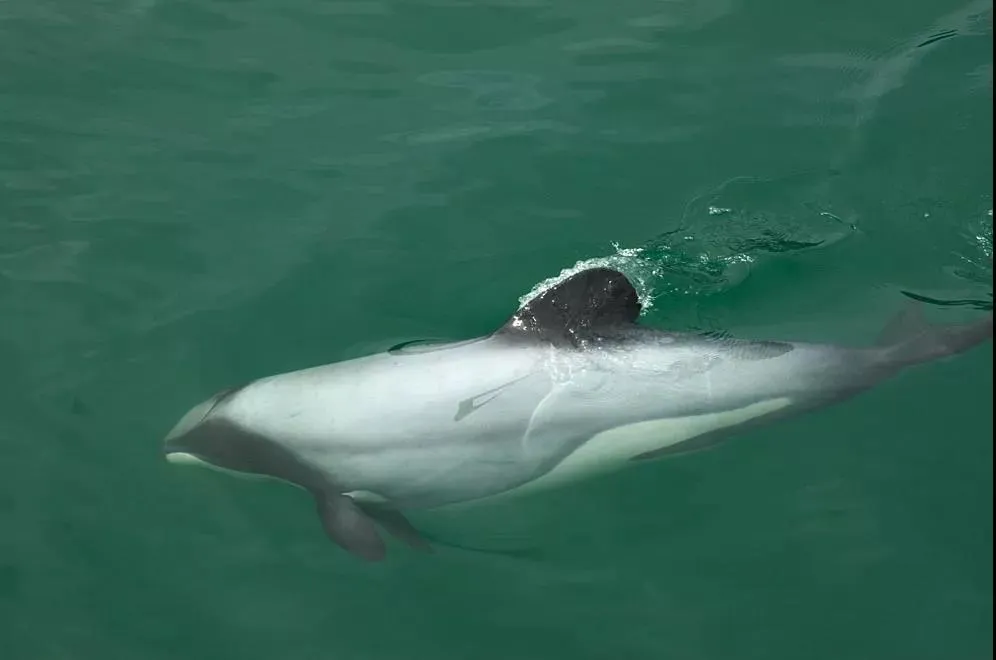
In addition, the infection of Toxoplasma gondii was also found in the white whales, but it is still not found that the white whales died from Toxoplasma gondii.
-What can humans do? -
Toxoplasma is clearly in the cat dung on the land, how can it run into the body of marine animals?
Researchers believe that they may have been washed into the waterways by rain and then into the ocean. Therefore, the management of rainwater runoff and pavement with good permeability materials can reduce the flow of parasites into the water body and reduce pollution. In addition, it is also important to protect the natural ecology such as wetlands, forests and grasslands. These areas are natural filters. Can reduce the entry of pathogens into the sea.
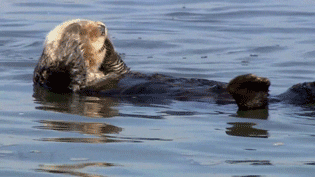
What we can do is far more than that.
Although cats are the ultimate host of Toxoplasma gondii, the shovel is actually responsible for the spread of Toxoplasma. For example, don't let cats in your home run into the wild, don't let them prey on birds and mice in the wild, so that cats can avoid eating the meat that pollutes Toxoplasma gondii and reduce the spread of Toxoplasma gondii. Reduce the damage of cats to other animals in the wild.
If the cat is defecation outside, don't ignore it and don't discard it. Remember to take it home and take it home. According to local conditions, the researchers also pointed out that cat feces should not be washed directly into the toilet because the sewage treatment plant does not kill Toxoplasma well.
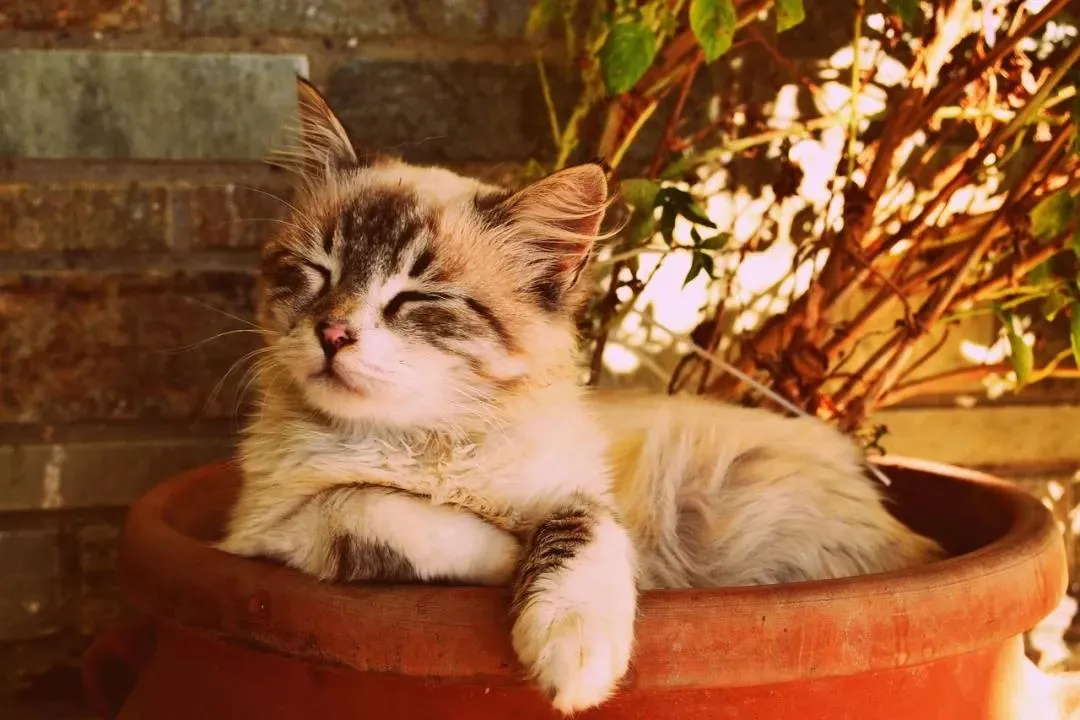
As for the stray cats outside, adopting them, and not letting them run out of chaos, may be the best way.